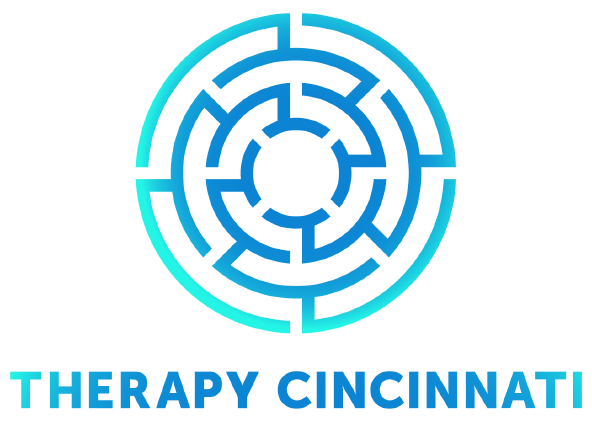In the United States, one in three women and one in six men will experience some form of sexual abuse in their lifetime, according to the National Sexual Violence Resource Center (NSVRC). When sexual abuse happens, many people don’t know how to cope with the event or express their feelings in a healthy way. The result is a life of feeling fear and shame as well as experiencing depression and anxiety. NSVRC reports that 81% of female victims and 35% of male victims will develop Post-Traumatic Stress Disorder (PTSD).
What is EMDR and How Can it Help?
Eye Movement Desensitization and Reprocessing, or EMDR, is a psychotherapy technique that has been successfully used to treat people who suffer from panic attacks, anxiety, PTSD, and other emotional issues. Before EMDR, these issues would be treated through cognitive behavioral therapy alone. While this treatment can be successful, it often takes many, many sessions for maximum relief.
EMDR, on the other hand, has been considered a breakthrough modality because it can bring quick and lasting relief from a variety of emotional distress.
When we experience trauma, such as sexual abuse, the natural coping capacity of our brain becomes overwhelmed and we experience the symptoms of anxiety, depression, and PTSD. Through EMDR therapy, people can reprocess traumatic information until it is no longer psychologically disturbing to them or disruptive to their lives.
What is a Typical EMDR Therapy Session Like?
While EMDR will use an integrative approach to therapy, it also focuses on some unique techniques. In particular, the patient will perform a series of lateral eye movements while, at the same time, focusing on various aspects of the traumatic memory.
These left – right eye movements form a “bilateral stimulation. The therapist may use other bilateral stimulations including alternating bilateral sound using headphones and alternating tactile simulation using a handheld device that vibrates or taps to the back of the patient’s hands.
It is believed that EMDR induces a fundamental change in the circuitry of the brain, similar to what happens during REM sleep. This helps people integrate and understand memories within a larger context of their own life experiences.
But EMDR is more than a set of techniques. It is a way for all people to understand their own human potential. Beyond the reprocessing of traumatic events, EMDR also allows individuals a glimpse of any limiting false beliefs they may be holding onto, such as “I’m not good enough.”
In this way the therapy not only helps people move through big, traumatic events in their past but also smaller chronic ones that color their perception of themselves their world. This can ultimately lead to significant positive change in their lives.
If you or someone you know has been the victim of sexual abuse and is interested in exploring EMDR treatment, please be in touch. I would be happy to discuss how this technique may be able to help you.
Sources:
https://www.psychologytoday.com/us/blog/somatic-psychology/201303/trauma-childhood-sexual-abuse
https://www.goodtherapy.org/blog/complex-trauma-emdr-can-help-but-its-no-quick-fix-0425165
https://www.emdrhap.org/content/what-is-emdr/


